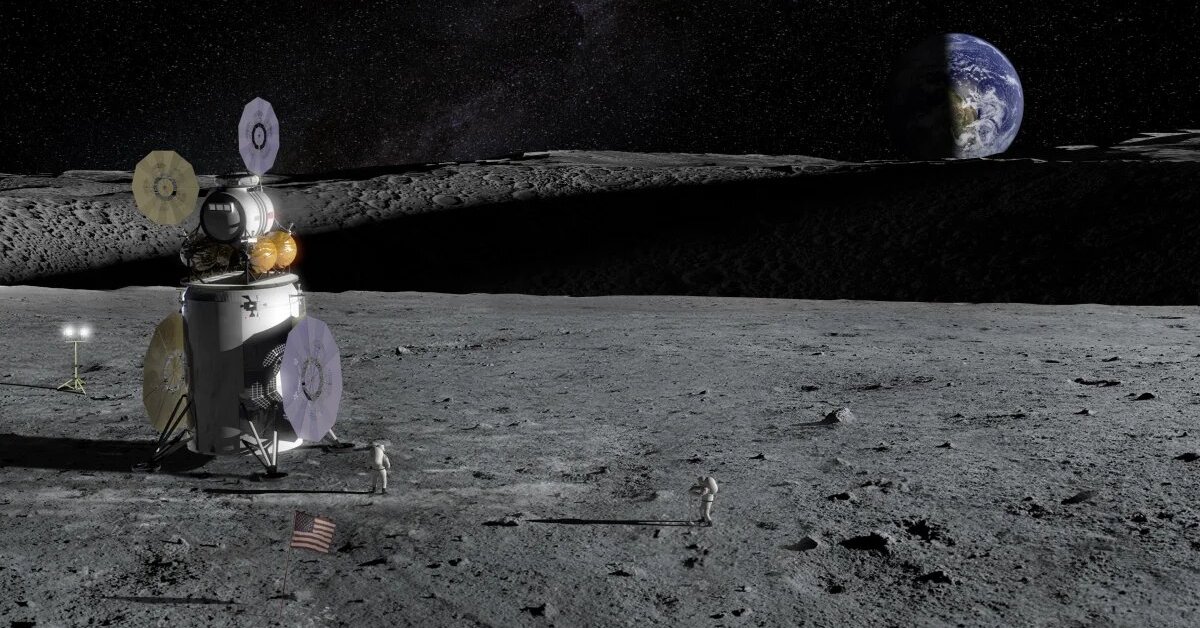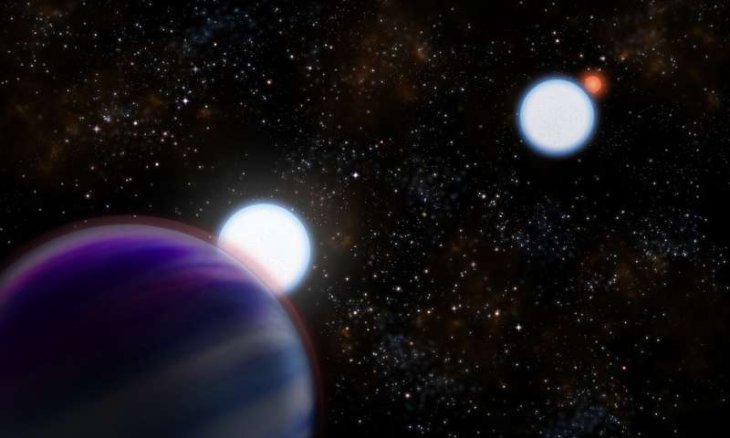This Is How Scientists Will Capture Images Of Exoplanets
Anil Singh - Dec 26, 2019

The challenge for taking exoplanet images comes from taking pictures of a blurry object with nearly zero brightness.
- This Exoplanet Is So Hot That Rock Evaporates And Rains Into Magma Ocean
- Scientists Find 24 Exoplanets Even Better To Host Life Than Earth
- NASA Found A Second Earth In The Abandoned Data From A Retired Telescope
More than 4,000 exoplanets have been discovered by an indirect method like measuring the periodic motion of the stars due to the planets orbiting them but taking exoplanet photos is not easy at all. The challenge for such photography comes from taking pictures of a blurry object with nearly zero brightness.

You probably remember the opening scene of Harry Potter and the Sorcerer’s Stone, when a strange device was pushed out of the cloak by a bearded man, or we call it the "deluminator". Gradually, every light from the streetlights at Privet Drive was attracted to it. Scientists have continually worked to make that device become a reality. They designed a device with a similar function, called the coronagraph, which can block the light from the stars so that they could take real pictures of exoplanets.
On September 29 this year, Supriya Chakrabarti, a professor with physics expertise from the University of Massachusetts Lowell, together with her research team, have conducted a balloon experiment under high altitude conditions. The experiment is shortened as PICTURE-C.

Accordingly, the coronagraph of PICTURE-C has generated a phenomenon of artificial eclipses, which can blur or remove the planets on which the stars shed their lights. The instrument is designed so that it can capture faint asteroid objects. In addition to being able to take direct images of exoplanets, the instrument also has deformable mirrors for adjusting telescope mirrors' shape, which becomes distorted because of temperature fluctuations, gravity changes, and manufacturing errors. In addition, the device also has an internal system to stabilize images, which can help with long-term operation in space.
The researchers' experiments have examined the coronagraph’s function to take genuine pictures of exoplanets and their surrounding environments during the first test flight. Now, the experiment continues to be worked on and improved in the lab. It is expected by September 2020 that there will be real photos of a planet with the size of Jupiter through the coronagraph.
Featured Stories

Features - Jul 01, 2025
What Are The Fastest Passenger Vehicles Ever Created?

Features - Jun 25, 2025
Japan Hydrogen Breakthrough: Scientists Crack the Clean Energy Code with...

ICT News - Jun 25, 2025
AI Intimidation Tactics: CEOs Turn Flawed Technology Into Employee Fear Machine

Review - Jun 25, 2025
Windows 11 Problems: Is Microsoft's "Best" OS Actually Getting Worse?

Features - Jun 22, 2025
Telegram Founder Pavel Durov Plans to Split $14 Billion Fortune Among 106 Children

ICT News - Jun 22, 2025
Neuralink Telepathy Chip Enables Quadriplegic Rob Greiner to Control Games with...

Features - Jun 21, 2025
This Over $100 Bottle Has Nothing But Fresh Air Inside

Features - Jun 18, 2025
Best Mobile VPN Apps for Gaming 2025: Complete Guide

Features - Jun 18, 2025
A Math Formula Tells Us How Long Everything Will Live

Features - Jun 16, 2025
Comments
Sort by Newest | Popular